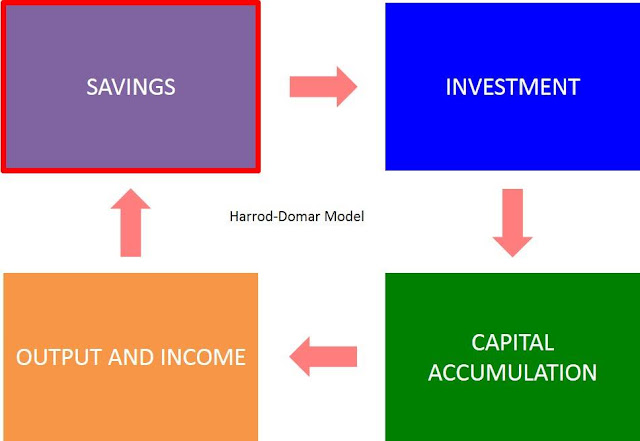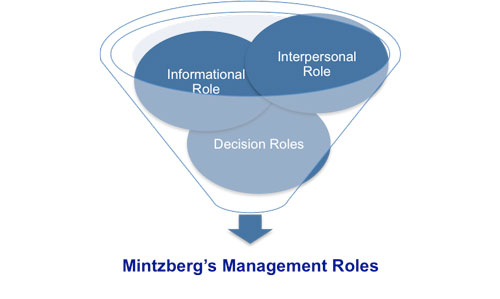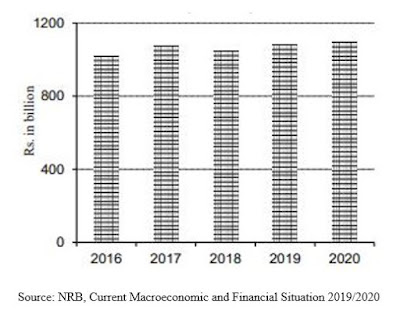Harrod-Domar Growth Model - Nepalese Context

Nepal's economy is expected to grow by 5.5 percent in the current fiscal year 2018-19 that began in mid-July, down from 5.9 percent in the last fiscal.(ADB Report ,2018).In a report titled 'Nepal Macroeconomic Update' unveiled by the Asian lender, it has pointed out the limited capacity of provincial and local governments formed after last year's elections and challenges to smooth implementation of federalism as the factors that could pose risks to growth. There are many least developing countries those who are facing for problem in achieving a sustainable growth rate due to high vulnerability to external shocks, human resource weakness criterion and Low-income criterion. Among these three reasons, economic shock is most which is like a volatile commodity price due to limited production and export as well as increasing food prices due to their relatively low agricultural productivity.(Economic Growth and Structural Change: Priorities for the Least Developed Countri...


